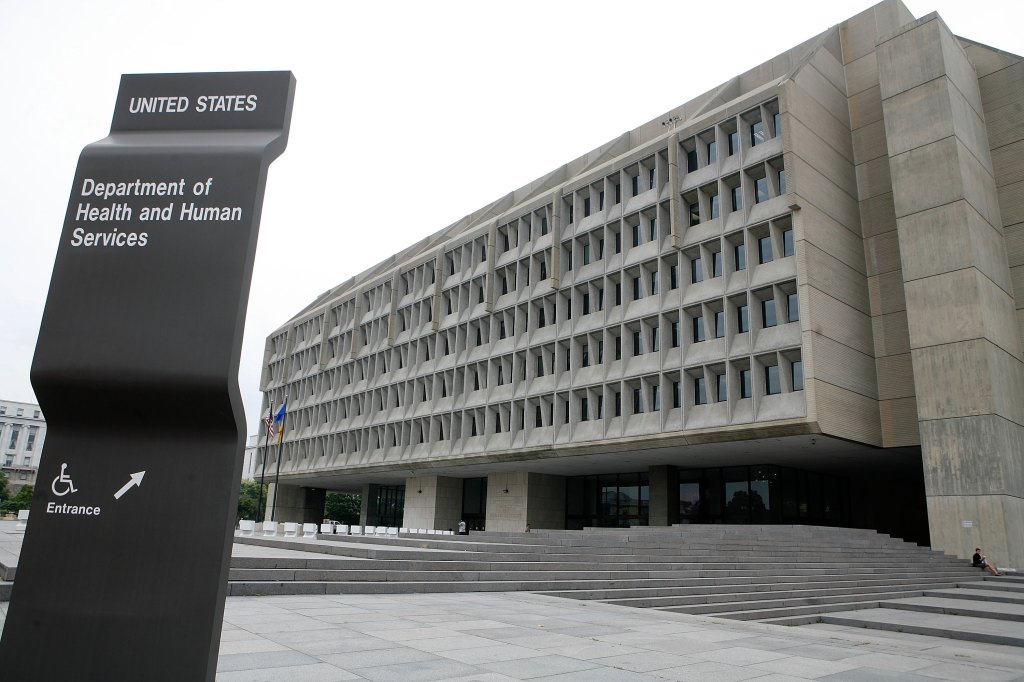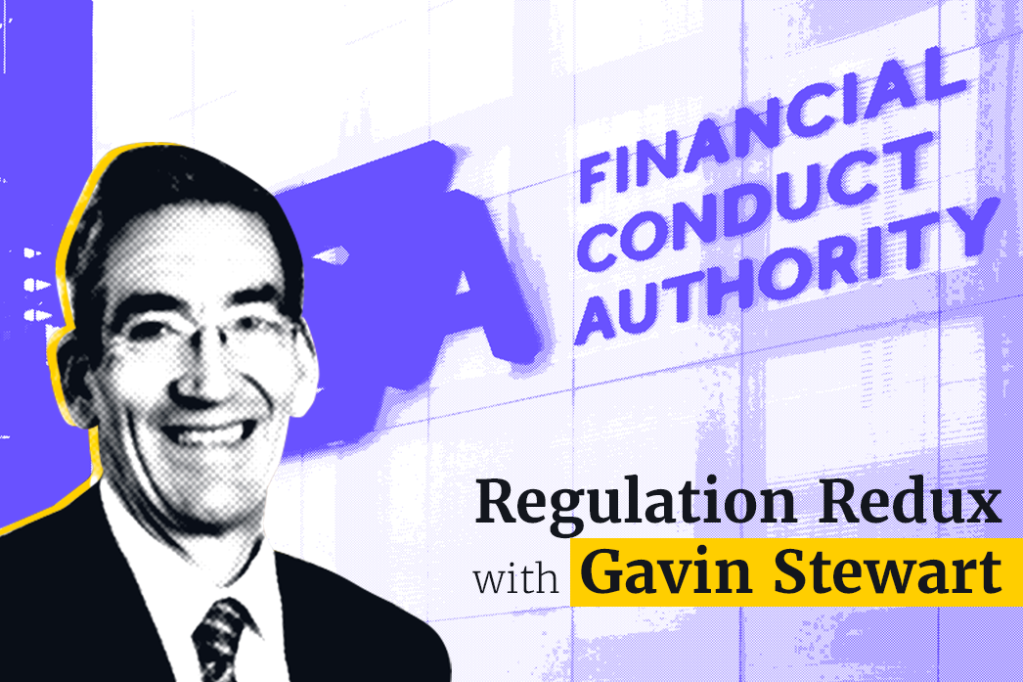Motor finance – the end of the beginning
It’s hard to exaggerate the potential significance of the FCA’s decision to use its s166 powers to investigate discretionary commission arrangements in the motor finance market.
By Martin Lewis’s estimate, if (as widely expected) this work results in a remediation programme,
First
Register for free to keep reading
To continue reading this article and unlock full access to GRIP, register now. You’ll enjoy free access to all content until our subscription service launches in early 2026.
- Unlimited access to industry insights
- Stay on top of key rules and regulatory changes with our Rules Navigator
- Ad-free experience with no distractions
- Regular podcasts from trusted external experts
- Fresh compliance and regulatory content every day
















